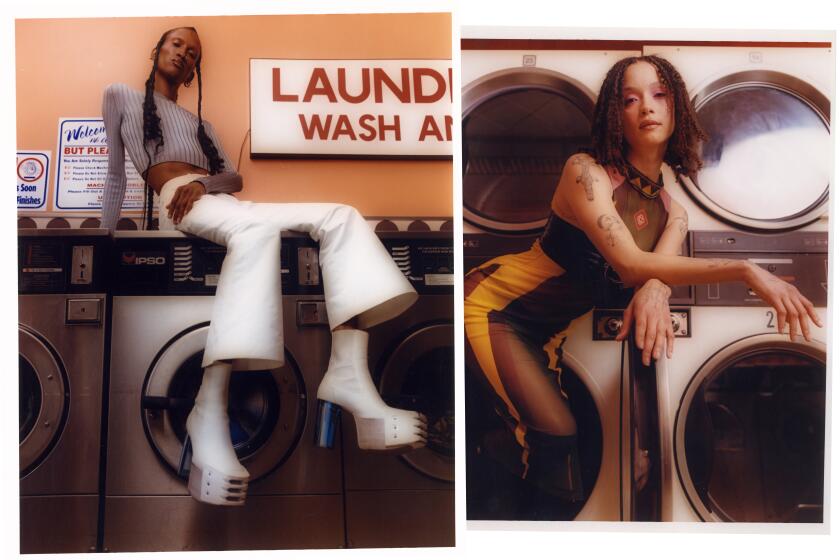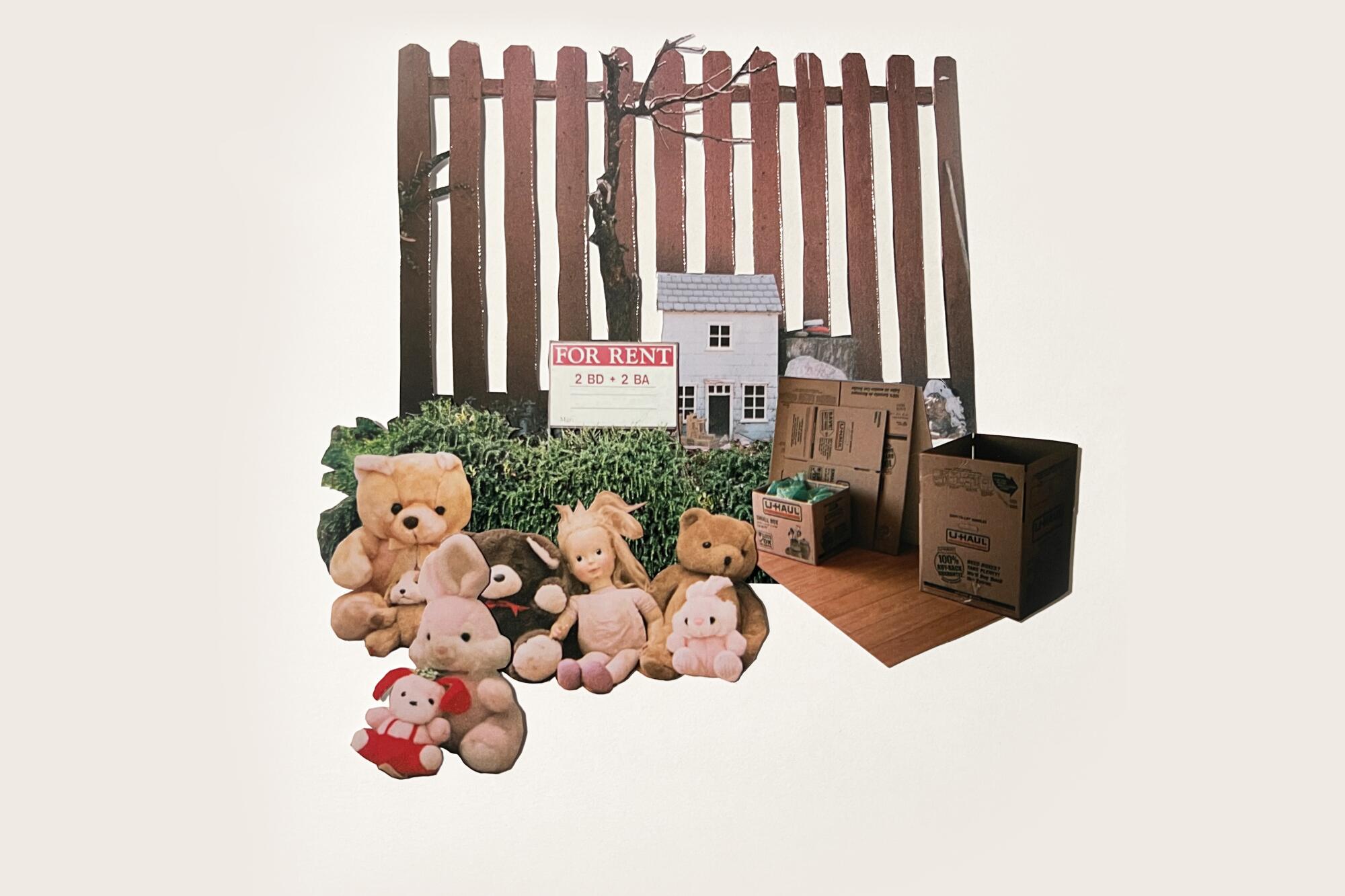
- Share via
This story is part of Image’s May issue, Homemaking, about home and the many ways we choose to make it.
I can barely remember a time when we didn’t live where we worked. Our first property manager job was for a 30-unit apartment building between Beverly Hills and Pico-Robertson. My parents didn’t speak English but got the job anyway because they knew a guy who knew a guy who knew a guy. There was an elementary school at the end of our magnolia tree-lined street that I couldn’t go to because the Beverly Hills School District allowed only Beverly Hills addresses. I would walk down the block to visit my friend (another apartment manager’s daughter) or to buy a sleeve of blue raspberry sour straws at the Blockbuster around the corner and hear children playing in the well-manicured school yard, but I never once saw an actual child. This was how I learned to perceive wealth in Los Angeles: near, but just out of reach.
Even at the age of 6 or 7 or 8, I knew that this was all temporary. Renting is inherently provisional, especially when you’re not actually paying rent. I made the most of it. While my mother cobbled together a career as a bookkeeper and my father assumed the role of both the maintenance guy and the manager of the building, I stole CDs from the mailroom, Rollerbladed in the slick oil-stained subterranean parking garage and belted Spice Girls lyrics in the emergency stairwell with my cousin until a tenant would open the door and find us there alone in the dark. I still own contraband from that time: someone’s copy of the “City of Angels” soundtrack. Inside our apartment, I shared a room with my parents. Our beds were butted up against each other, as they had always been.
The laundromat is your rare “third place” — a spot to go to that’s not your house, nor your office, but a secret third thing.
Before this job and this building we lived in a one-bedroom apartment in West Hollywood with brown shag carpet and a cardboard box as my toy chest. The apartment buildings on our block, once favored by up-and-coming movie stars and writer Eve Babitz, now were occupied by Eastern Europeans fleeing the collapse of the Soviet Union. “There comes a moment for the immigrant’s child when you realize that you and your parents are assimilating at the same time,” writes Hua Hsu in his memoir, “Stay True.” While I attended preschool at Plummer Park, my mother went to community college and my father painted houses for $5 an hour. Before the brown shag carpet, we slept on my aunt’s couch in Mid-City for six months. And before the couch, we lived in a brutalist Soviet government-issued apartment in Minsk, Belarus. From the beginning, my life was steeped in the impermanence of renting, which mirrored the impermanence of our immigrant experience.
All immigrants are opportunists. Or, at least all the ones I’ve encountered. They are keenly aware of how, at any moment, everything can change. “Immigration, exile, being uprooted and made a pariah may be the most effective way yet devised to impress on an individual the arbitrary nature of his or her own existence,” writes Serbian poet Charles Simic. With each move, I felt the arbitrary nature of our existence. And every time I translated a 30-day notice or drafted a memo and slipped it under a tenant’s door, I felt the pull of my parents’ ambition. “We came here for you.” They’d say it often. Lovingly piling on the pressure until I could no longer see a future where I didn’t have something to prove.
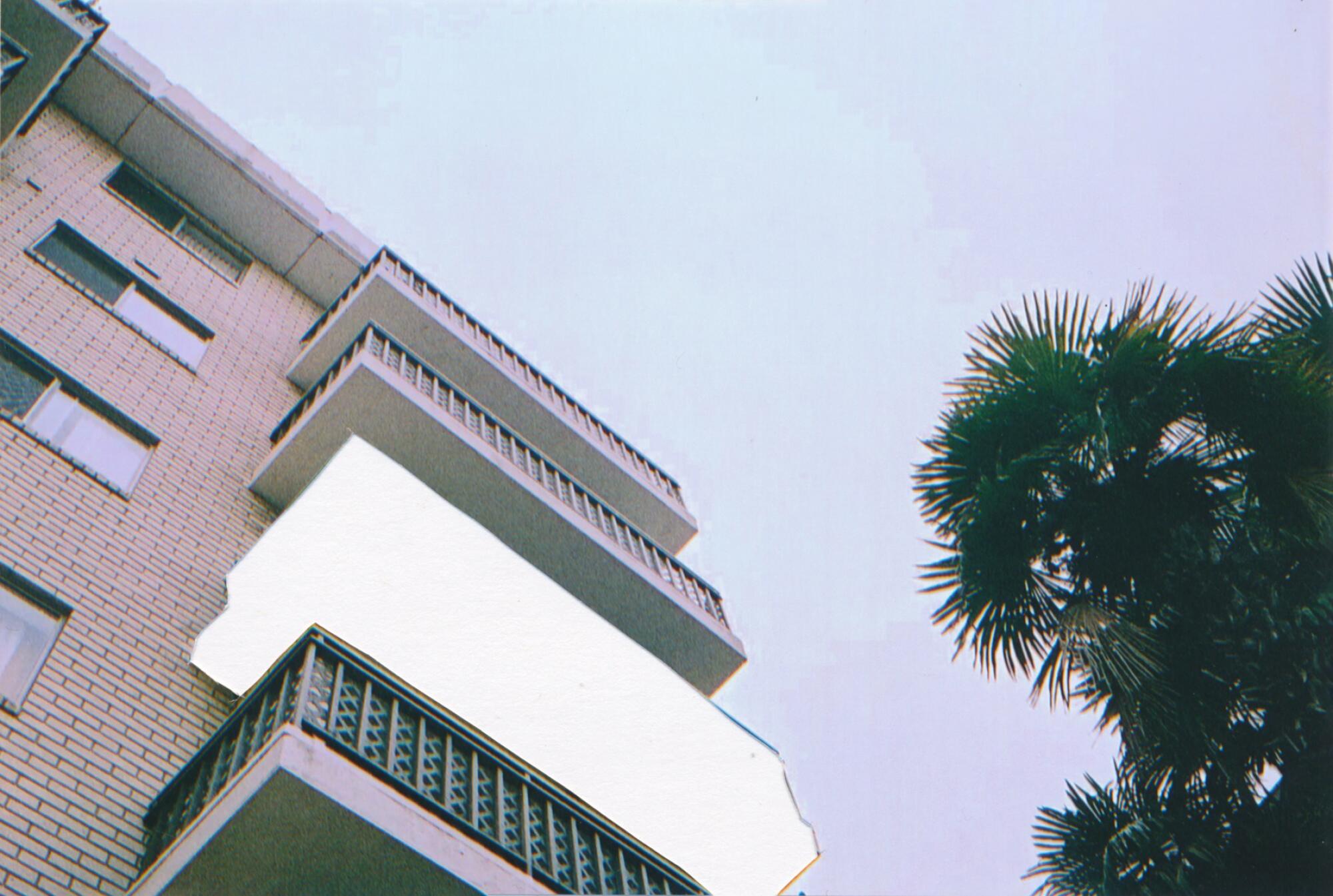
My father found the second property manager job listing in a local newspaper. A 50-unit building in the affluent neighborhood of Westwood. He brought Mama and me along to the interview, although technically the managers were not supposed to have a child. I was told that if I was on my best behavior, I would go to the sought-after public elementary school down the street and finally get my own room. The front of the building was covered in a flash of fuchsia bougainvillea, and the surrounding brick towers glowed with inviting warm windows and hints of crystal chandeliers. The owners of the building were a wealthy elderly Germanic-Jewish couple who met us outside and assessed my potential with war-weary eyes. I looked up at them dutifully, every butterfly clip I owned fluttering on my head like a migration. “She’s a mini you,” the woman said, noticing the quiet stoicism I’d picked up from my father. She looked at us as if she were looking into her own immigrant past, her harrowing escape from Austria as a teenager during the Holocaust. She smiled. Bent down. And handed me the keys.
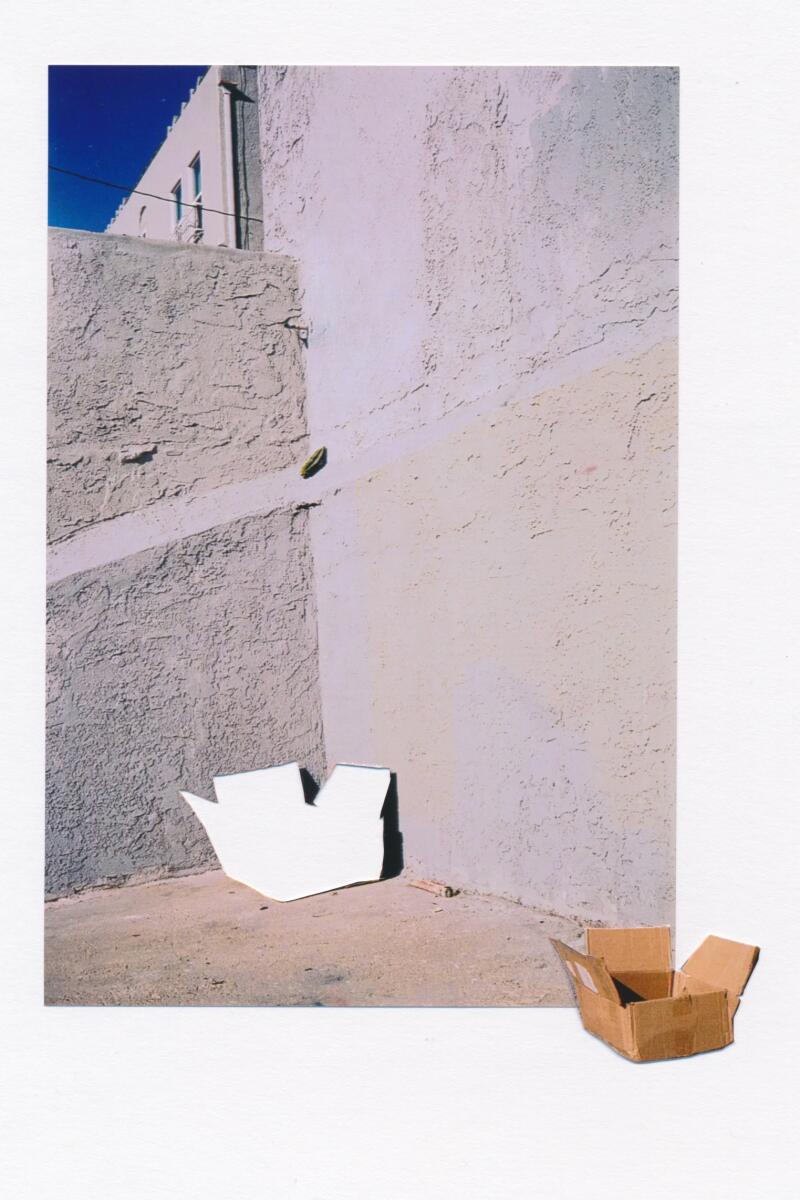
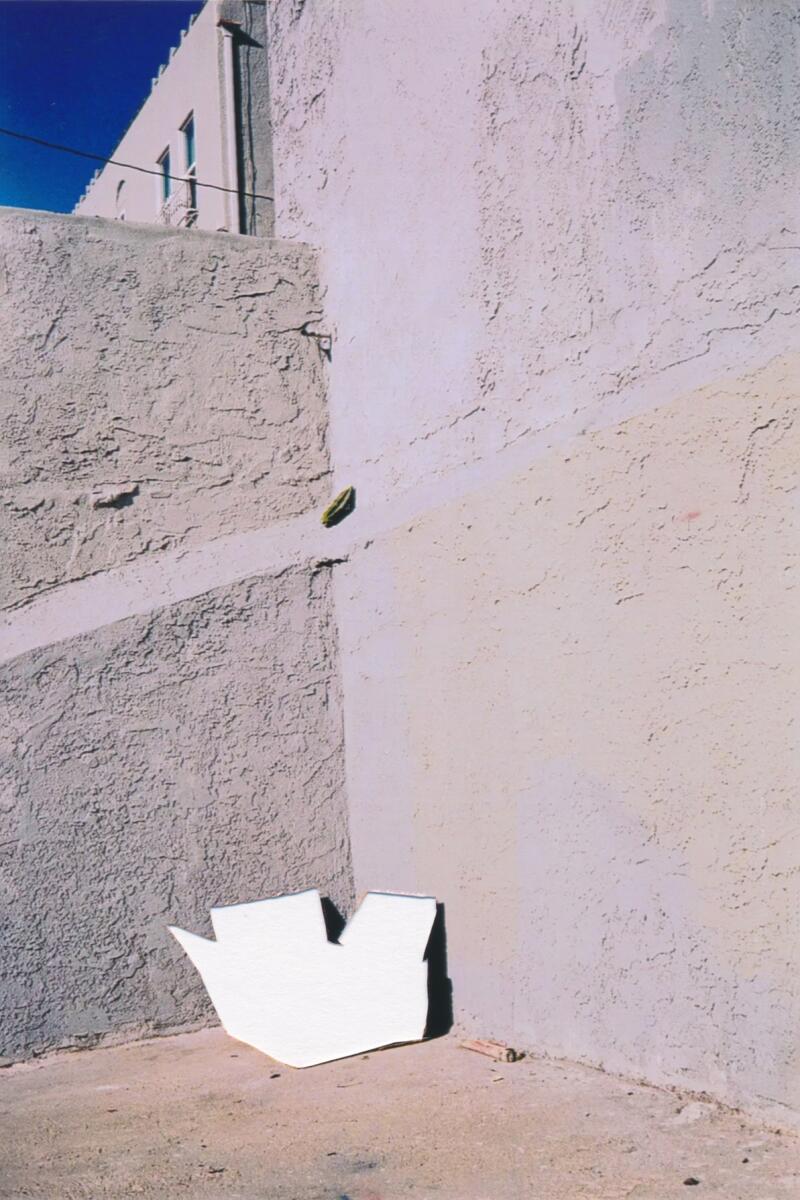
Los Angeles has been a haven for transplants and immigrants since the tail end of the Industrial Revolution and the introduction of the railroad. It was once advertised as a wellness paradise, the sanatorium capital of America, a temporary resort for turn-of-the-20th century tuberculosis patients eager to seek treatment in the form of sunshine and “fresh” air. Many of these patients got better and stayed. “Los Angeles, it should be understood, is not a mere city. On the contrary, it is, and has been since 1888, a commodity; something to be advertised and sold to the people of the United States like automobiles, cigarettes, and mouthwash,” writes Mike Davis in “City of Quartz.”
The commodification of Los Angeles and Hollywood, and the rising population, has made the city an expensive place to live. The majority of the population rents: According to a 2021 report, 63% of Los Angeles households are renter-occupied, while 37% are owner-occupied. And rent has more than doubled in the past decade, leading to an astonishing 57% of L.A. County residents being rent-burdened, meaning they spend a third or more of their income on rent. And yet people continue to move to Los Angeles, a place synonymous with liminal space — the space between who we are and who we want to become. Even if who you want to become is out of reach.
Inside you are your main audience. The joy lies in the freedom. Be extra. Go bold.
“If there is a predominant feeling in the city-state [Los Angeles], it is not loneliness or daze, but an uneasy temporariness, a sense of life’s impermanence: the tension of anticipation while so much quivers on the line,” writes Rosecrans Baldwin in “Everything Now: Lessons From the City-State of Los Angeles.”
Los Angeles is a city always on the edge of disaster: gentrification, housing shortages, unlawful evictions, homelessness (second largest homeless population outside of New York), greed, wildfire, earthquakes, floods, landslides, the imminent death of the legendary palm trees, the intangible but plausible possibility of breaking off from the continental United States and slipping into the Pacific Ocean. The city, like its residents, is impermanent, always shape-shifting, always on the verge of becoming something else.
“Our dwellings were designed for transience,” writes Kate Braverman about the midcentury West Los Angeles of her childhood in “Frantic Transmissions to and From Los Angeles: An Accidental Memoir.” “Apartments without dining rooms, as if anticipating a future where families disintegrated, compulsively dieted, or ate alone, in front of televisions.”
In Westwood, our living room was our dining room and our office. Leases were signed on the dinner table. At any moment, the phone or doorbell would ring with someone dropping off a rent check or complaining about a broken air conditioner or standing barefoot in a bathrobe locked out of their apartment. I would pretend to not care. I would eat my cheese puffs on the couch and stare attentively at the glowing TV, with the business of the building in my periphery. I would remind myself that this was temporary. Our liminal space. Maybe my parents would invest in an adult day care center like their friend Sasha? Maybe we would one day own a house? As I got older, I grew more ashamed. More aware of my own body and its presence. I would cower in my room or the hallway, shoveling Froot Loops into my mouth until the apartment was no longer an office but our home again. This shape-shifting was its own type of impermanence. One minute the apartment was a place where we lived and the next it was a place where we worked. The line was blurred and so was my idea of home. Of what is yours and what is mine.
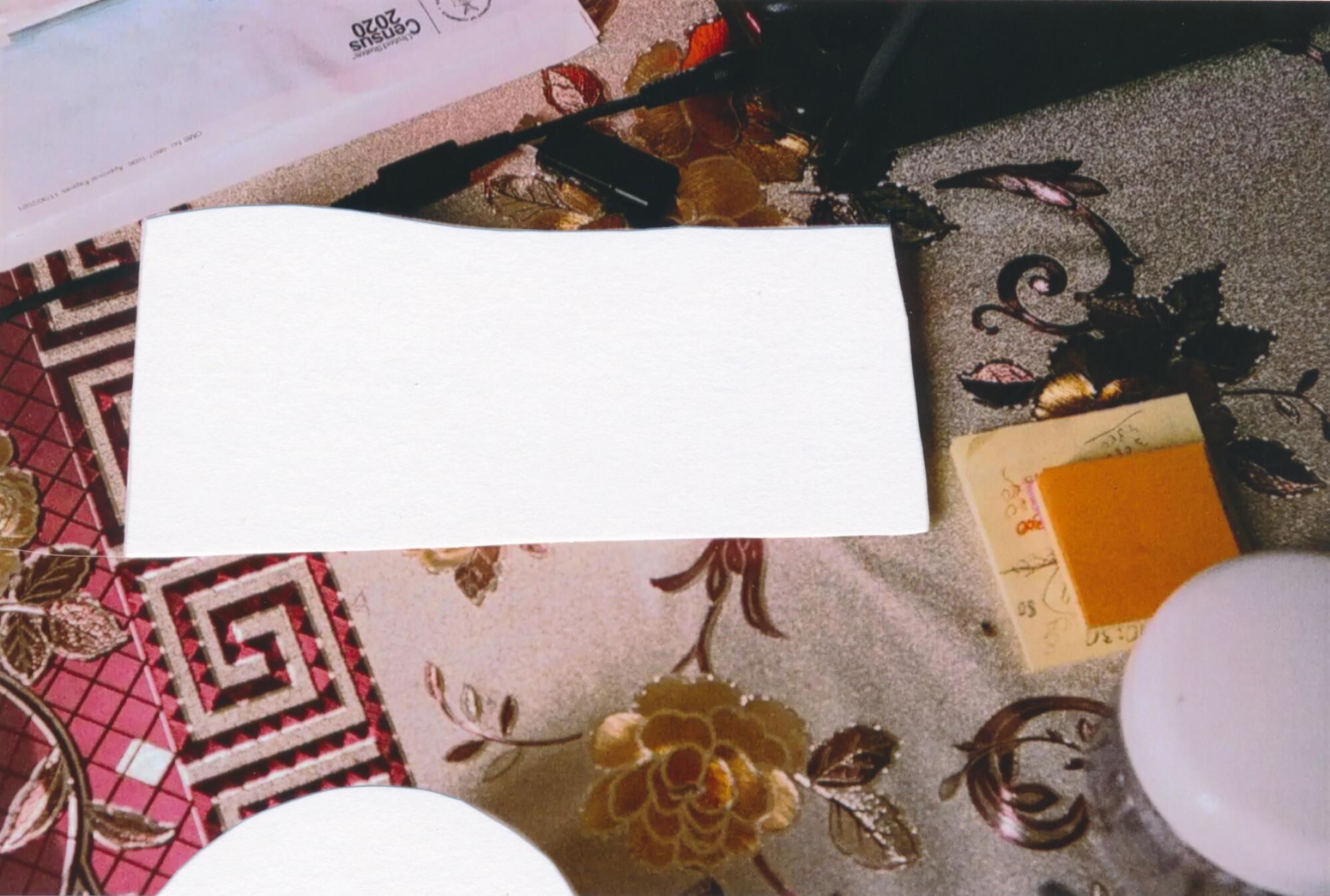
Some of the tenants were there before us and some were a rotating cast of characters. But all of them were strangers we shared walls with. Of course, we weren’t the only immigrant family. There were also Persian immigrants who fled Iran during the Islamic Revolution, but they mostly kept to themselves. Due to the nature of the job, we were always on display. My parents’ accents. My growing body. My father’s health. The mezuzah on our door frame. Our apartment, a collection of discarded furniture from vacated units. Early on, I was warned to not make friends with any of the tenants. I was told it was unprofessional. A trap. That they only wanted to be my friend so they could get special treatment. Sometimes, we broke the rules. I babysat the child star while his single mother “networked” (partied in the Hollywood Hills). I played Marco Polo in the pool with the Persian kids. I leafed through headshots with a Russian mail-order bride while my parents drank tea with her mother. They would all eventually move out and so would we.
I used to tell my friends that we owned the building. That I would one day inherit it. This was easier than saying that we lived there because we worked there. I’m not sure if anyone believed me anyway. Many of my friends lived in what I considered to be mansions with nannies and parents with six-figure dual incomes that afforded them trips to faraway destinations I couldn’t place on a map. When my friends were over and the landline would ring, I would rush them to my bedroom before they could hear my father answer the phone with, “Manager.”
The only property my parents own is a shared plot at Hollywood Forever Cemetery. When my father was diagnosed with a chronic disease, my mother was left to manage the Westwood building on her own. Eventually, my parents retired after 21 years and moved out of the building during the first few months of the pandemic. They still rent, and so do I.
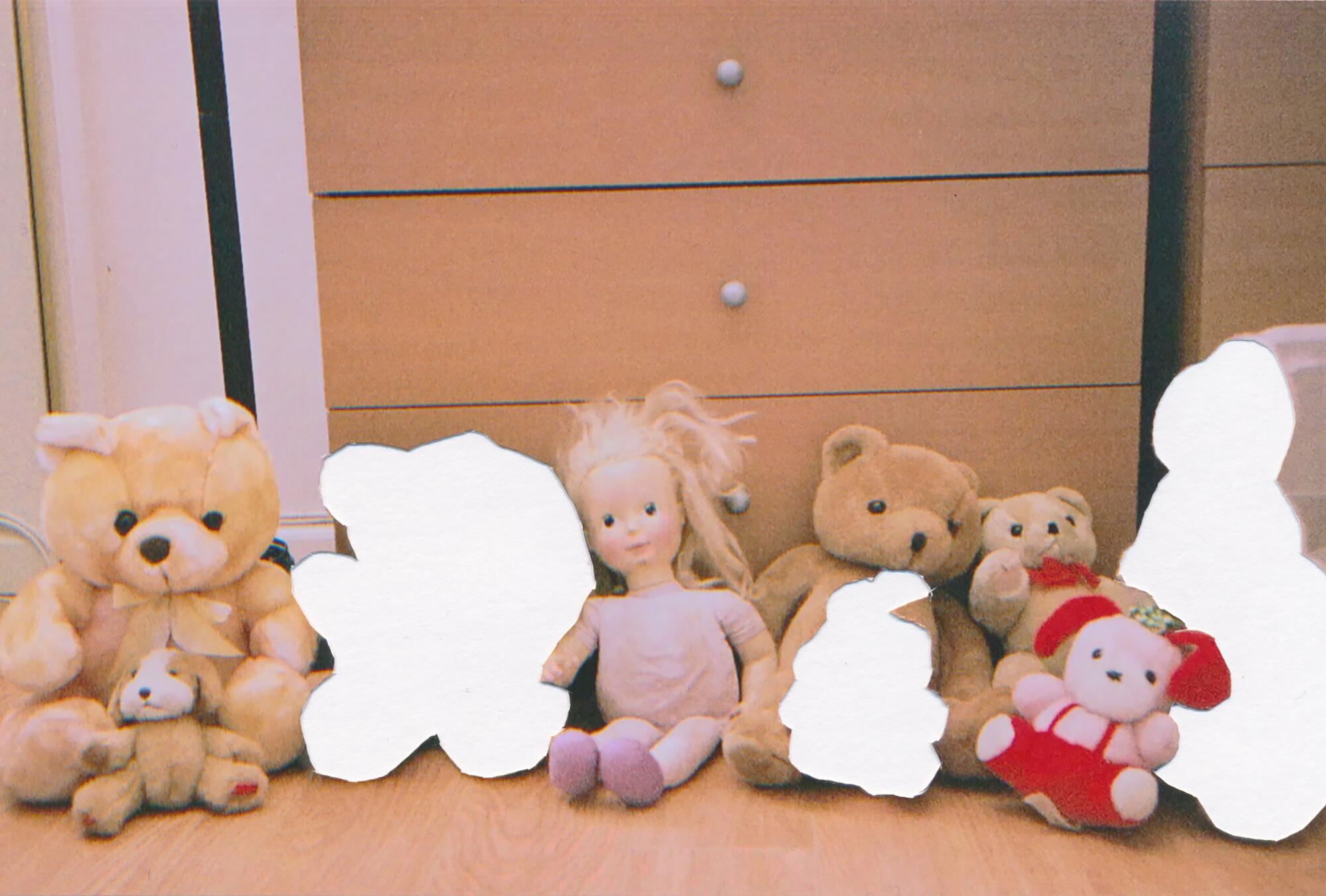
What is truly ours?
I’ve spent my life grappling with the concept of ownership. How our identity often gets wrapped up in what we own and what we don’t own. How in the U.S., ownership is the pinnacle of success. How there was no such thing as ownership in the failed Soviet experiment. How you could pick apples off any tree because they were there for everybody to enjoy. How owning a home in Los Angeles may forever be out of reach. How impermanent we are in the arbitrary nature of existence.
After I graduated from college and landed an office job in Los Angeles, I began renting apartments on my own. The eggshell walls painted over and over and over again. The rotating neighbors I still feared to befriend. The flying cockroaches. The broken laundry machines. The unabiding footsteps. The eternal sounds of other people’s lives. The possibility of moving out and starting all over again. It all felt so familiar. The impermanence I witnessed so often as a child was no longer a source of shame but a knowing comfort that at any moment everything could change.
Diana Ruzova is a writer from Los Angeles. She holds an MFA in literature and creative nonfiction from the Bennington Writing Seminars. Her writing has appeared in the Cut, Oprah Daily, Flaunt, Hyperallergic, Los Angeles Review of Books and elsewhere.
